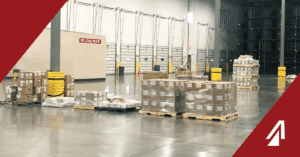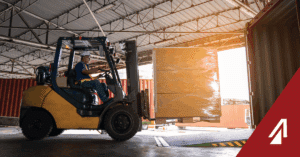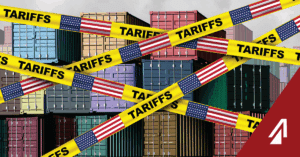ProTrans’ Grid-Process Walk program promotes process owners’ involvement at the grass root level with measurable results including identification of incremental improvement and reduction of wastes. This program has been an integral part of ProTrans’ quality management system supported by collaborative efforts from operations and quality intertwined to achieve incremental continuous improvement.
What is a Grid-Process Walk?
A Grid-Process Walk is basically a ‘self-audit’ to identify roadblocks, waste and opportunities for incremental improvement. The word ‘grid’ refers to the different sub-elements of a process so the ‘walk’ that may be completed in a short structured frequency, such as 15 minutes per grid on a monthly basis, depending on the desired depth of the walk. For example, for Transportation Consolidation Center A, the core processes or “grids” may be:
• Freight Pick-Up
• Incoming Freight Unloading
• Freight Check-in/Confirmation
• Staging, Consolidation/Paperwork Preparation
• Shipping
Each core process may be further drilled down into smaller sub-processes as needed. The process owners alternate the grids to observe for each period using references such as documented instructions versus actual observation of the process or information flow. Dividing the process walk into grids facilitates KISS (keeping it short and simple).
What would motivate the Process Owners to do a self-exposure of their possible non-compliance or roadblocks?
There are three key factors for the Grid-Process Walk to work:
• Management Buy-in
• Empowerment of the process owners and a company commitment to view the Grid-Process Walks as valuable VOP (voice of the process) and not a platform for ‘punishment’
• Structured follow up method (such as discussion of observations with QA and Operations) for risk evaluation and resolution as applicable
ProTrans has successfully embraced this program, performed by its 22 centers on a monthly basis. This initiative has been an effective input factor to the company’s internal audit, continuous improvement and risk assessment programs accessible to the workforce for sharing lessons learned.



